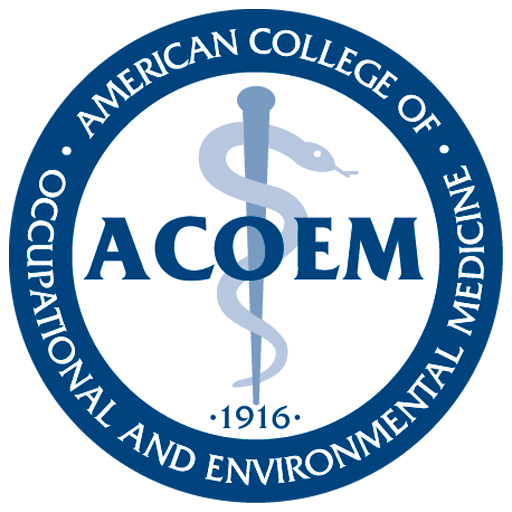
03: Medical Surveillance
The concept of medical surveillance goes back centuries. Pioneers in occupational medicine recognized the relationships between hazards in the workplace and illnesses and injuries that can result from such exposures. Bernardino Ramazzini, considered the father of occupational medicine, published a book in 1700 that outlined several occupational hazards. He recommended that physicians ask their patients about their employment and focused on prevention of diseases and illnesses in the occupational setting. Percival Potts (who discovered scrotal cancer in young chimney sweep workers), Alice Hamilton (considered the mother of occupational medicine and author of Exploring the Dangerous Trades), and others set the foundation for modern medical surveillance programs. In 1970, the Occupational Safety and Health Act was implemented in response to the considerable number of workplace injuries that were occurring. As a result of this act, several medical surveillance programs were created.
Medical surveillance brings to light hazards and exposures, enables providers to identify their health effects (including injuries, illnesses, and mortality), and creates an opportunity for both the health care system and employers to intervene before they worsen. Surveillance is typically either population- or case-based. Population-based surveillance focuses on groups of people and may be used to monitor trends over time, in a particular location, or based on characteristics of the population. Case-based, or individualized, medical surveillance focuses on individual workers.
The Occupational Safety & Health Administration (OSHA) requires surveillance for workers exposed to arsenic, asbestos, benzene, blood-borne pathogens, cadmium, cotton dust, ethylene oxide, formaldehyde, lead, methylene chloride, silica, and more. It also mandates that workers be monitored for occupational noise exposure. OSHA has developed regulations for screening and surveillance for these hazards and is the leading authority for most occupational exposures. OSHA’s publication Medical Screening and Surveillance Requirements in OSHA Standards: A Guide provides a general overview of requirements for some of the hazards listed above. Other requirements can be found on OSHA’s website.
An example of a hazardous substance that requires medical surveillance is crystalline silica—a mineral contained in sand, stone, concrete, and mortar. Silica is also used in various industries for the creation of glass, pottery ceramics, bricks, and artificial stone. Among the most common industrial activities causing exposure to silica are foundry work and hydraulic fracturing, more commonly known as fracking. When workers inhale these airborne particles, they are put at risk for a number of medical conditions, most of which are incurable, such as silicosis, lung cancer, chronic obstructive pulmonary disease, and kidney disease. OSHA has therefore issued silica standards (one for construction and one for general industry and maritime work), which call for medical monitoring of workers.
There are situations where other organizations publish surveillance standards for substances that are not specifically addressed by OSHA. Medical providers should refer patients to their employers to clarify which agency’s standards and requirements they follow. When there is no standard outlined for a particular exposure, employers are guided by the OSHA General Duty Clause, which requires employers to provide employees with a work environment that is “free from recognized hazards that are causing or are likely to cause death or serious harm.”
For more information, please see the following resources.
https://www.osha.gov/Publications/osha3162.pdf
https://www.osha.gov/dsg/topics/silicacrystalline/index.html
